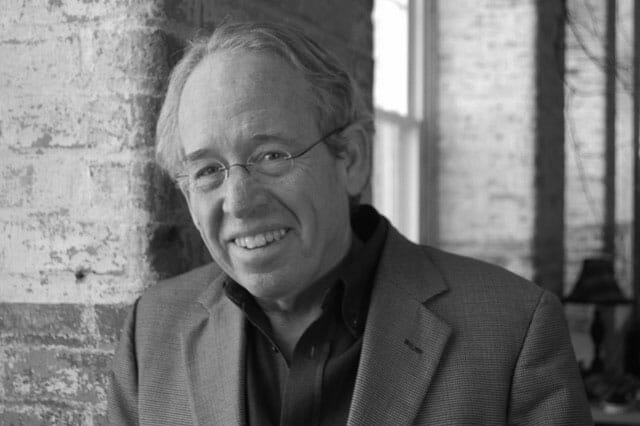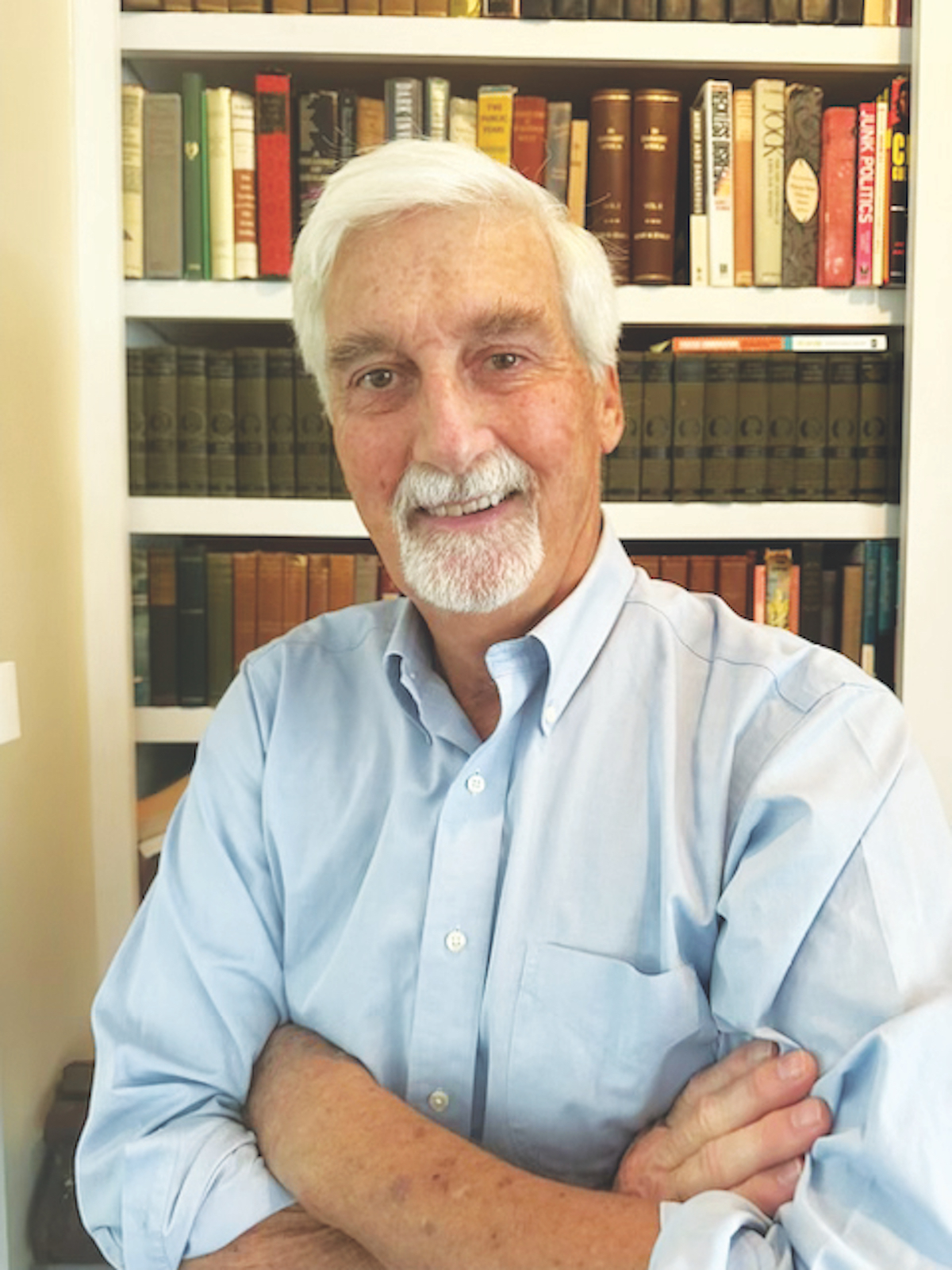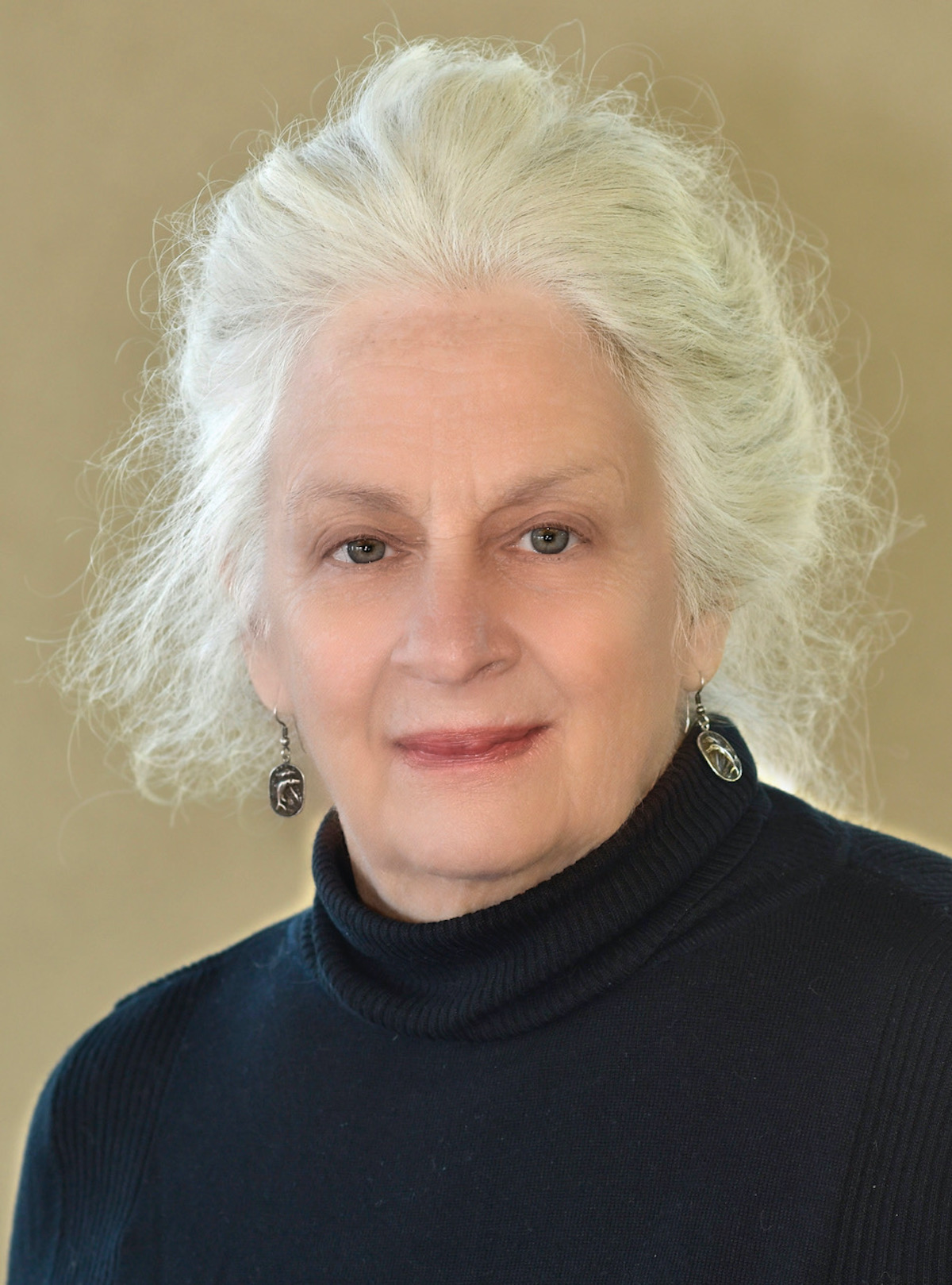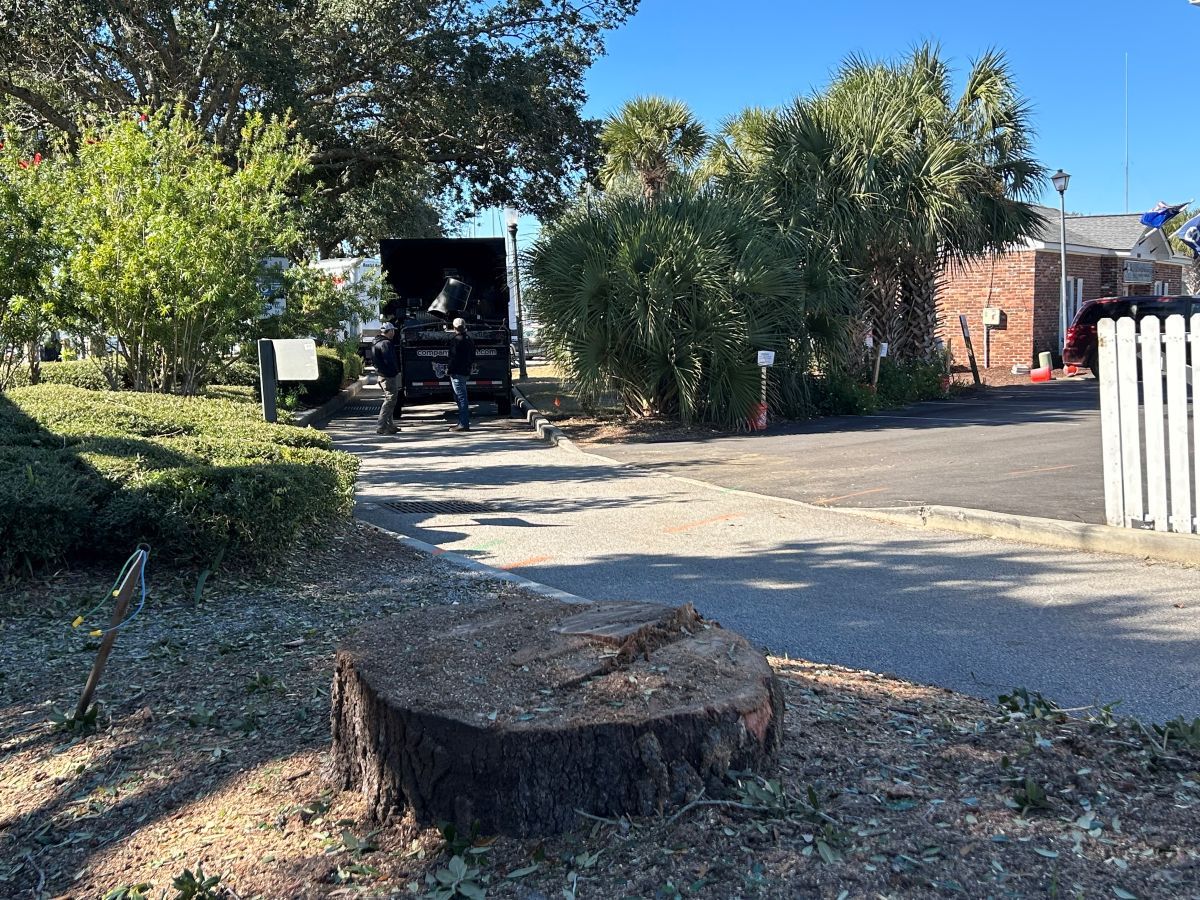By Scott Graber
It is Tuesday, 2 a.m., and I’m sitting at my pine-planked dining room table watching County Council deal with the Pine Island Development Agreement.
I have been watching Council on my computer and I’m feeling slightly guilty about not being in the gymnatorium at Burton Wells. But that guilt is assuaged by a glass of pinot and a small bowl of Doritos.
I have been watching a small screen for six hours waiting for the final vote on whether Council will entertain the new, improved development agreement presented by Elvio Tropeano and his attorneys.
For those who have been in Portugal or Perugia this summer — the amended agreement provides for $3.47 million for affordable housing, home repair and heirs property; $2.5 million for grants to non-profits; $600,000 for a Cultural Center; and a bevy of other benefits including washer-dryer for every resident on the St. Helena.
Of course I’m joking about the washer-dryers, but the proposed agreement does provide money for a turn lane, improvements at the Station Creek boat landing and dedicates $150,000 to start a “local heirs property program.”
“We’re putting in programs that will make a real difference in people’s lives,” said Kevin Dukes in his opening presentation that went on for nearly an hour.
After Dukes’ remarks the podium was given to the public — 65 people had signed up — and for the next five hours one heard a variety of opinion followed by repeated warnings from Councilwoman Anna Tabernik to keep one’s wisdom within a 3-minute window or “We’ll be here all night!”
As the speakers came forward — the majority being St Helena residents saying something like, “Thanks for the goodies, but no thanks, we just want to be left alone with what remains of our culture.”
— my own thoughts kept going back to my time on St Helena.
In 1973, I was let go from the Dowling Law Firm and thereafter hired to help run the Black Land Program at Penn Center. “Black Land” sometimes paid delinquent property taxes and sometimes we filed a full-blown quiet title action at the Courthouse. I did all of this with the guidance of Joe McDomick and a single secretary who typed our lengthy pleadings on a Selectric.
The geography of heirs property then stretched from Virginia to Mississippi. My wife and I had previously done a months-long, on-the-ground road trip confirming that one third of all Black-owned land was, indeed, heirs property.
Eventually I realized that “solving heirs property” would require federal legislation which would permit the Farmers Home Administration to make its loans without the requirement of having fee simple, single-owner title. I took this proposed legislation to Washington, found a congressional sponsor from Wisconsin, but like 90% of all federal legislation this bill died in committee.
Heirs property is clearly a problem when one wants to borrow money for home repairs — or for money to put in a crop of tomatoes — but in those days there was a minority opinion that favored doing nothing. That opinion — given to me one night as we were driving to yet another church-based workshop — was that heirs property kept the land in agriculture and also kept developers away.
During this same time my wife and I were separated — my wife moving to Manhattan and going to work in the Garment District. It happened that many of the heirs I dealt with had, years earlier, migrated up to New York City.
So I would look for heirs in, say, Harlem by walking down darkened hallways, pounding on locked doors, and when no one answered would shout, “Do you have land on St Helena Island?”
After a day with dozen heirs in and around 125th Street, I would call Susan and say, “Let me buy you a Schlitz and cheeseburger at the All States Cafe on West 59th Street.”
I remember those troubled days because I usually needed agreement from 10 or 15 heirs and that agreement was elusive. I would sit with Susan whining about my efforts to persuade these relocated heirs, but eventually Susan and I would get around to our marriage.
These meals were difficult, but now there was candor, and eventually it was clear that we both wanted our marriage to work. One cold afternoon, after two huge bowls of chili, Susan decided to come back to Beaufort.
Looking back at 56 years of marriage I know we owe part of this reconciliation to heirs property.
Scott Graber is a lawyer, novelist, veteran columnist and longtime resident of Port Royal. He can be reached at cscottgraber@gmail.com.







